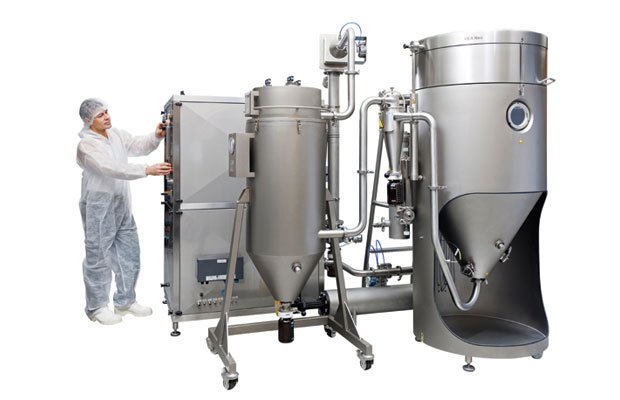Renewable energy sources, due to their lower production capacities and instability, struggle to compete with predictable conventional energy. A challenge may also be the fragmentation of a young, growing sector, for which it is more difficult to compete with large energy corporations. The development of the former, however, is definitely more dynamic and gives prospects for the creation of a decentralized model of energy development in the future. This process may accelerate the implementation of solutions based on Blockchain technology.
Because of their limitations, renewable energy producers should see their chances in forming favorable alliances and partner business development, along with other producers. Grouping renewable energy sources to create larger, more stable entities can contribute to increasing the competitiveness of RES. Blockchain fits well with this task, which allows small energy producers to be transferred to a different level of doing business. Smart Contracts can be a beginning of the creation of small energy corporations with their own constitutions, shareholding, and distribution of profit. Acting as a group means new business opportunities associated with the sale of energy available to large energy corporations. Benefits can be achieved by establishing cooperation by entities with a complementary production profile, or industrial plants with flexible energy demand. Such a combination reduces the risk related to the uncertainty of energy production by internal balancing of its production by the entities forming the group. Acting as a small energy corporation means a stronger position in the market that helps in obtaining more favorable prices from suppliers. A group with a nominal power of several hundred MW has a stronger negotiating position than a single small wind farm. The main challenges that stand in the way of creating groups of renewable energy producers are the issues of trust in their partners. A Smart Contract also fulfills its task in this area, without breaking the terms of the contract. Thanks to this cooperation of entities is transparent and automated. Also, the distribution of profits and the conditions of the group’s functioning are carried out autonomously. Breaking a barrier related to establishing cooperation in their sector may be a beginning of the creation of new small autonomous energy corporations that will be able to offer their energy directly to recipients. Energy sales through Blockchain can also take place in the form of a peer-to-peer, i.e. bypassing transaction agents. Opening up to technologies is the beginning of a decentralized autonomous energy system consisting of groups of energy suppliers and small energy corporations establishing direct cooperation with their clients.




